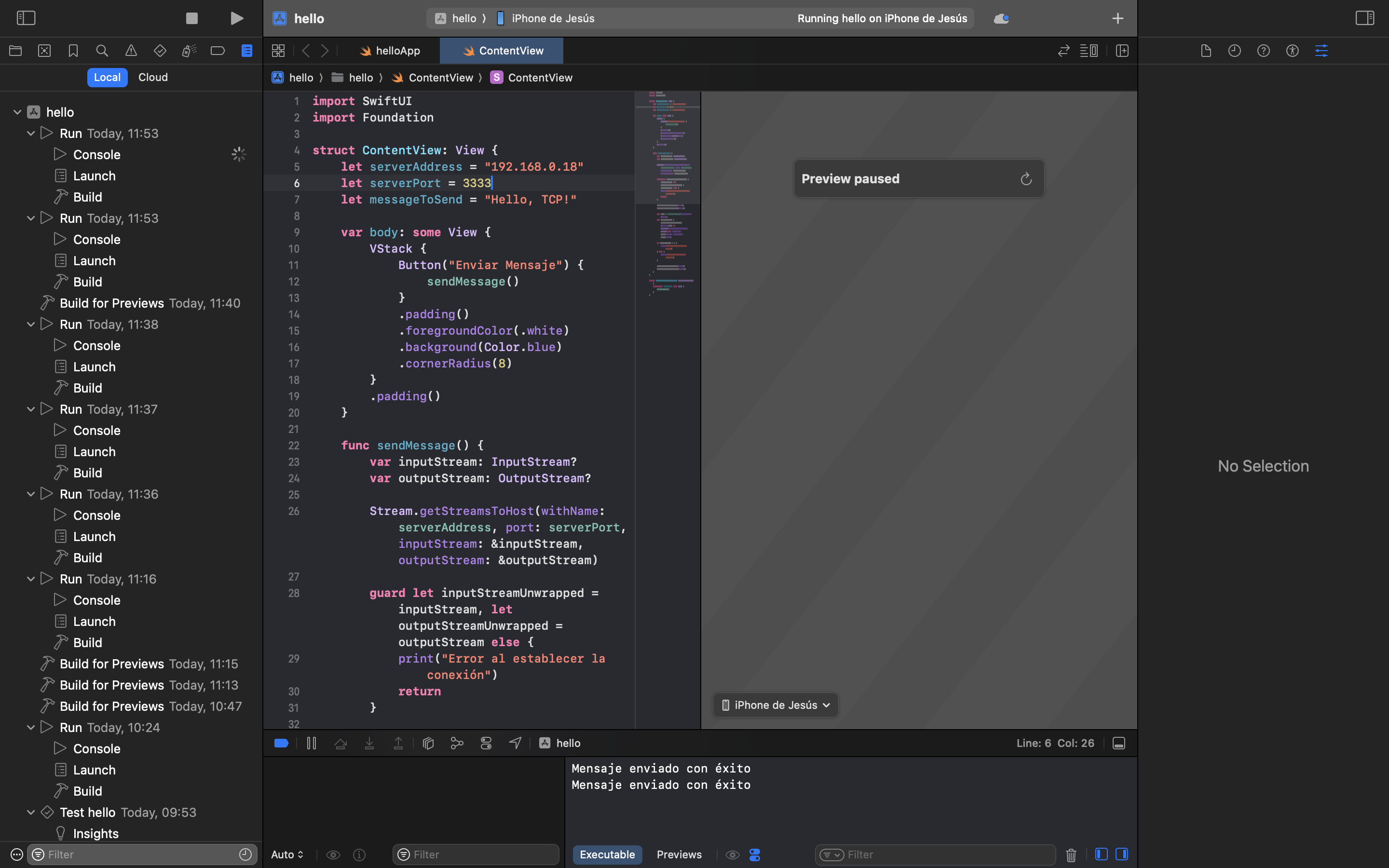Contenidos
Servidor en Android Studio
AndroidManifest.xml
|
1 2 3 4 5 6 7 8 9 10 11 12 13 14 15 16 17 18 19 20 21 22 23 24 25 26 27 28 29 30 31 |
<?xml version="1.0" encoding="utf-8"?> <manifest xmlns:android="http://schemas.android.com/apk/res/android" xmlns:tools="http://schemas.android.com/tools"> <uses-permission android:name="android.permission.INTERNET" /> <uses-permission android:name="android.permission.ACCESS_NETWORK_STATE" /> <application android:allowBackup="true" android:dataExtractionRules="@xml/data_extraction_rules" android:fullBackupContent="@xml/backup_rules" android:icon="@mipmap/ic_launcher" android:label="@string/app_name" android:roundIcon="@mipmap/ic_launcher_round" android:supportsRtl="true" android:theme="@style/Theme.MyApplication" tools:targetApi="31"> <activity android:name=".MainActivity" android:exported="true" android:label="@string/app_name" android:theme="@style/Theme.MyApplication"> <intent-filter> <action android:name="android.intent.action.MAIN" /> <category android:name="android.intent.category.LAUNCHER" /> </intent-filter> </activity> </application> </manifest> |
MainActivity.kt
|
1 2 3 4 5 6 7 8 9 10 11 12 13 14 15 16 17 18 19 20 21 22 23 24 25 26 27 28 29 30 31 32 33 34 35 36 37 38 39 40 41 42 43 44 45 46 47 48 49 50 51 |
package com.example.myapplication import android.os.Bundle import android.widget.Toast import androidx.activity.ComponentActivity import androidx.activity.compose.setContent import kotlinx.coroutines.Dispatchers import kotlinx.coroutines.GlobalScope import kotlinx.coroutines.launch import java.io.BufferedReader import java.io.InputStreamReader import java.net.ServerSocket class MainActivity : ComponentActivity() { private val port = 3333 // Puerto para la conexión override fun onCreate(savedInstanceState: Bundle?) { super.onCreate(savedInstanceState) setContent { startServer() } } private fun startServer() { GlobalScope.launch(Dispatchers.IO) { try { val serverSocket = ServerSocket(port) while (true) { val client = serverSocket.accept() val inputStream = client.getInputStream() val bufferedReader = BufferedReader(InputStreamReader(inputStream)) val message = bufferedReader.readLine() showMessage(message) bufferedReader.close() client.close() } } catch (e: Exception) { e.printStackTrace() } } } private fun showMessage(message: String?) { runOnUiThread { Toast.makeText(this, "Mensaje recibido: $message", Toast.LENGTH_SHORT).show() } } } |
Cliente con Swift desde Xcode
helloApp.swift
|
1 2 3 4 5 6 7 8 9 10 |
import SwiftUI @main struct helloApp: App { var body: some Scene { WindowGroup { ContentView() } } } |
ContentView.swift
|
1 2 3 4 5 6 7 8 9 10 11 12 13 14 15 16 17 18 19 20 21 22 23 24 25 26 27 28 29 30 31 32 33 34 35 36 37 38 39 40 41 42 43 44 45 46 47 48 49 50 51 52 53 54 |
import SwiftUI import Foundation struct ContentView: View { let serverAddress = "192.168.0.18" let serverPort = 3333 let messageToSend = "Hello, TCP!" var body: some View { VStack { Button("Enviar Mensaje") { sendMessage() } .padding() .foregroundColor(.white) .background(Color.blue) .cornerRadius(8) } .padding() } func sendMessage() { var inputStream: InputStream? var outputStream: OutputStream? Stream.getStreamsToHost(withName: serverAddress, port: serverPort, inputStream: &inputStream, outputStream: &outputStream) guard let inputStreamUnwrapped = inputStream, let outputStreamUnwrapped = outputStream else { print("Error al establecer la conexión") return } inputStreamUnwrapped.open() outputStreamUnwrapped.open() let data = messageToSend.data(using: .utf8)! let bytesWritten = outputStreamUnwrapped.write((data as NSData).bytes.bindMemory(to: UInt8.self, capacity: data.count), maxLength: data.count) if bytesWritten > 0 { print("Mensaje enviado con éxito") } else { print("Error al enviar el mensaje") } inputStreamUnwrapped.close() outputStreamUnwrapped.close() } } struct ContentView_Previews: PreviewProvider { static var previews: some View { ContentView() } } |
